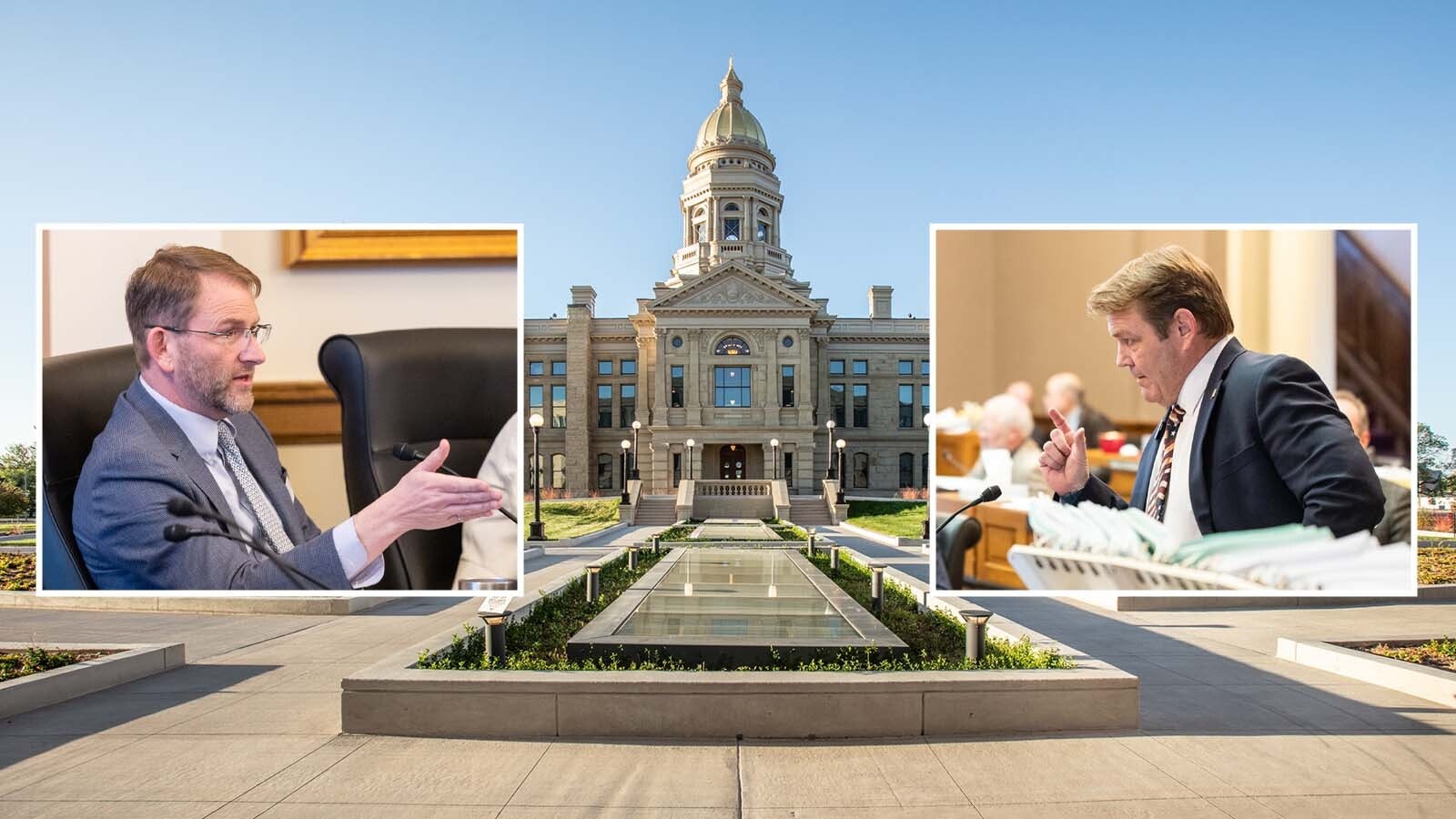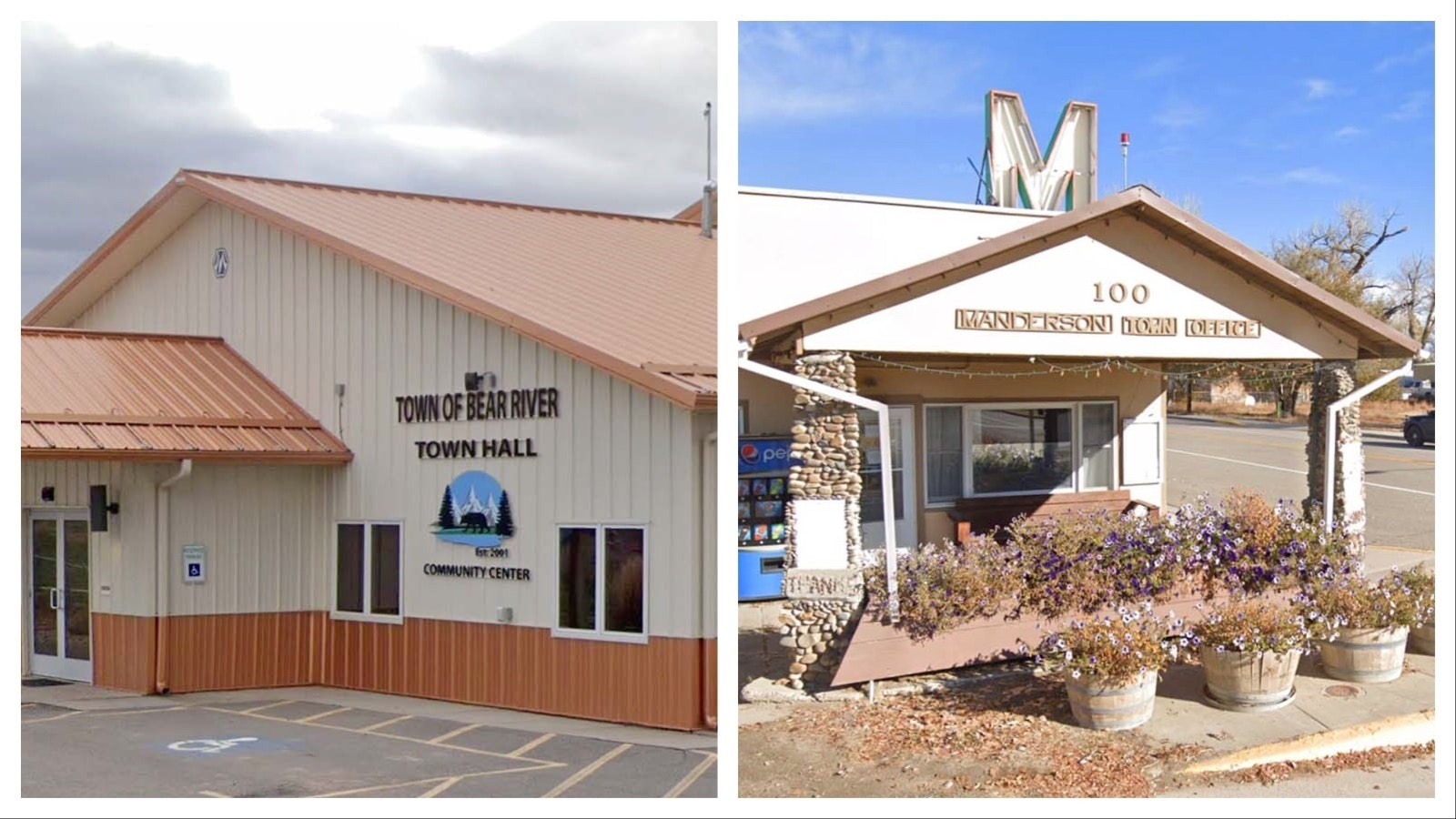By Ike Fredregill, Cowboy State Daily
Services at the Cheyenne Veterans Affairs Medical Center remain largely intact a year after the Department of Veteran Affairs downgraded an administrative ranking for the facility, a VA spokesperson said.
“Our lower complexity level has not affected the quality or services we provide,” said Sam House, the Cheyenne VA public affairs officer. “It didn’t affect our funding. The only thing it did was should we get a new director, they would be hired at a lower pay rate.”
According to the department, VA facilities are categorized by “complexity levels,” which are determined by characteristics of the patient population, clinical services offered, educational and research initiatives and administrative complexity.
“It’s a system of looking at hospitals, and what they are capable of doing,” House explained. “They assign numbers to them, and they base the hospital director’s pay off that number. That’s all the complexity level means.”
The complexity system consists of three levels with level one and its subcategories being the highest and level three being the lowest. The Cheyenne VA, with a budget of $185 million in 2018, was downgraded from level two to level three early in 2018, which House said signifies no research is being conducted at the facility.
“We don’t have a focus on research,” he added. “Our focus is on mental health, primary care and geriatric care.”
House said one service was changed by the downgrade — orthopedic repairs. While the facility still provides othorpedic surgery, its staff no longer repairs orthopedic implants.
Wyoming Veterans Commission Director Steve Kravitsky said he was initially alarmed when he heard about the downgrade, but his fears were allayed after talking to Cheyenne VA Director Paul Roberts.
“(Roberts) assured me not only were they not going to decrease any services, but they were still bringing more services online,” Kravitsky said. “As director of the veterans commission and a veteran myself, I receive care at the VA, and I haven’t seen anything to the contrary.”
Built in 1934, the Cheyenne VA originally employed 100 staff members and provided 100 beds for primary care.
Nowadays, the facility’s area of service, also known as a “catchment” area, stretches from Rawlins to Sydney, Nebraska, and from Douglas down to north of Denver.
About 79,000 eligible veterans live in the catchment area, House said, but only 29,000 used the facility’s services in 2018, a 3 percent reduction from 2017.
House explained that the VA is made up of three entitles to administer three areas: Healthcare, benefits and the national cemetery.
Most of the services offered at the Cheyenne VA are centered around primary healthcare, but all three divisions of the department have offices on the grounds.
“Recently, we’ve expanded our nursing home and hospice care facility,” House said. “The average age of Cheyenne VA users is 61. Our youngest user is 19, and our oldest is 102.”
A large portion of the facility is dedicated to offering primary care, including physical therapy, orthopedic surgery, cardiopulmonary lab work, audiology and otorhinolaryngology, or ear, nose and throat care.
The Cheyenne VA also provides some emergency services through its emergency room.
“Our ER is open and staffed 24/7, 365,” House said. “But we’re not a trauma center.”
Because of this, ambulances do not deliver patients to the Cheyenne VA, but rather, veterans are transported to Cheyenne Regional Medical Center, and the VA reimburses the medical center for the care provided.
“Because we have CRMC, we don’t have a trauma care unit in our ER,” he added. “We are in partnership with our community, not competition.”
Additionally, the facility offers limited dental care and was the first in the region to install a women’s clinic.
“The need for women-specific care is something I think the VA has really realized in the last nine to 10 years,” House said.
Laramie County is home to the largest concentration of veterans in Wyoming, and as such, the Cheyenne VA is well-placed to provide them with vital services, Kravitsky said.
“There are 12,085 vets living in Laramie County, according to the VA,” he said, “which is about 25 percent of the 47,472 living throughout Wyoming.”
Without the Cheyenne VA, veterans would need to travel to Denver or Sheridan for veterans services, Kravitsky added.
“With 20 veterans committing suicide every day, quality care close to home is essential to potentially reducing that number,” he said.
The veterans commission files veteran claims with the VA benefits division and is occasionally charged with reviewing inquiries into the VA’s quality or frequency of care.
“Those inquiries are infrequent,” Kravitsky said. “We don’t get a lot of negative feedback about the Cheyenne VA.”





